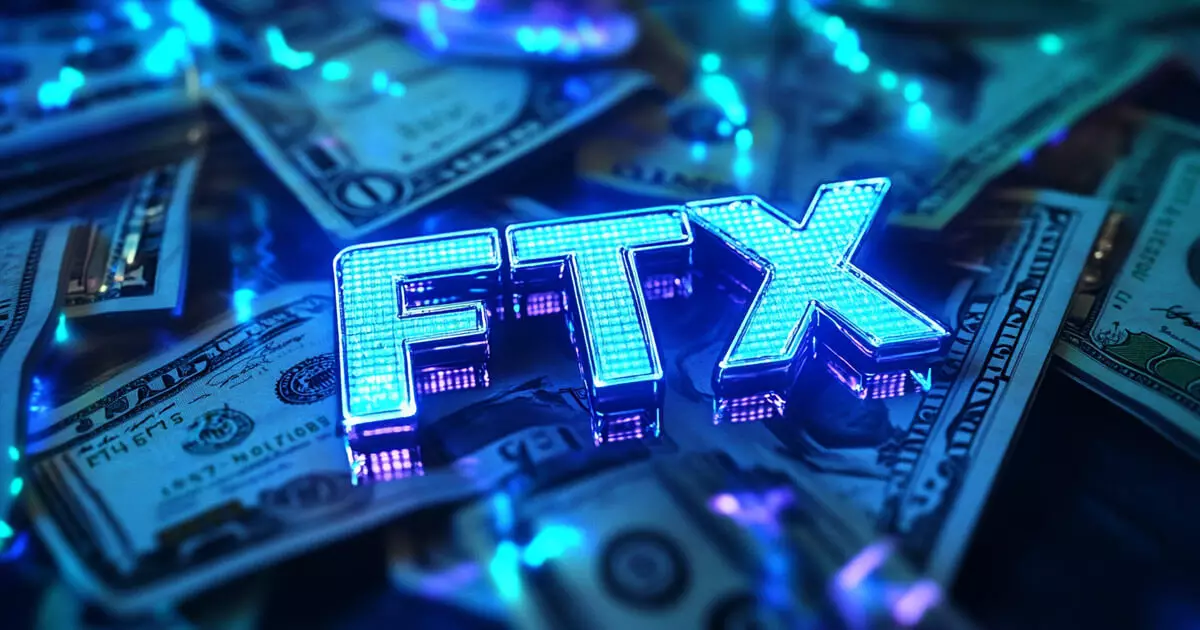The high-profile bankruptcy of FTX has left a multitude of creditors in limbo, particularly those situated in countries such as Russia, China, Egypt, Nigeria, and Ukraine. Sunil Kavuri, a spokesperson for the FTX Creditors’ group, recently highlighted the complexities surrounding the compensation process for these international creditors. The fact that substantial portions of FTX’s global user base belong to these regions underscores the importance of resolving outstanding claims. With China alone accounting for 8% of total claims, the stakes are notably high. Yet, the reasons for excluding these users from initial distributions remain somewhat opaque.
Kavuri’s remarks provide a glimmer of hope to those affected individuals who have been anticipating some form of reimbursement after the company’s catastrophic fall. Initial payments to smaller creditors have begun, particularly targeting those with claims under $50,000. However, creditors operating in restricted regions continue to find themselves without recourse, leaving them anxious as they ponder their next steps in these uncertain circumstances.
The exclusion of creditors from specific countries appears to be tied in part to the functionalities—and limitations—of the designated distribution platforms utilized by FTX, namely Kraken and BitGo. Both platforms lack availability in many of these nations, which suggests a logistical barrier that may be complicating the distribution process. Interestingly, despite having accounts with these platforms, some Egyptian creditors remain excluded without clear justification. This inconsistency raises questions about both the framework FTX has set up for distributions and the broader implications for those with claims who do not fit neatly into these established parameters.
Given the ongoing challenges and delays, it becomes even more critical for FTX’s management to clarify their strategy for compensating these excluded creditors. While the company has made strides by addressing smaller claims first, larger creditors are still left waiting. The compensation timeline remains uncertain, fuelling frustration among those who have already experienced the fallout from FTX’s collapse.
As the cryptocurrency landscape evolves, the impact of FTX’s demise serves as a poignant reminder of the importance of accountability and transparency in financial exchanges. Following the collapse in November 2022—marked by allegations of fraud and mismanagement—former CEO Sam Bankman-Fried has consistently maintained that FTX was not insolvent but rather struggling with liquidity. His imprisonment for 25 years reflects the severity of the situation and raises fundamental questions about ethical practices within the industry.
Kraken’s co-CEO Arjun Sethi emphasized the need for proof of reserves and responsible risk management in the wake of FTX’s collapse. The statement draws attention to the fact that not all exchanges maintain such standards, which could lead to further failures in a volatile market. As the complexities of FTX’s bankruptcy play out into 2024, it is crucial that the community learns from these events to foster a more secure and transparent financial environment for all users worldwide.
Reflecting on these circumstances, the situation serves as both a cautionary tale and an opportunity for growth within the cryptocurrency space, paving the way for enhancements in regulations and practices aimed at protecting users and their investments.



















Leave a Reply